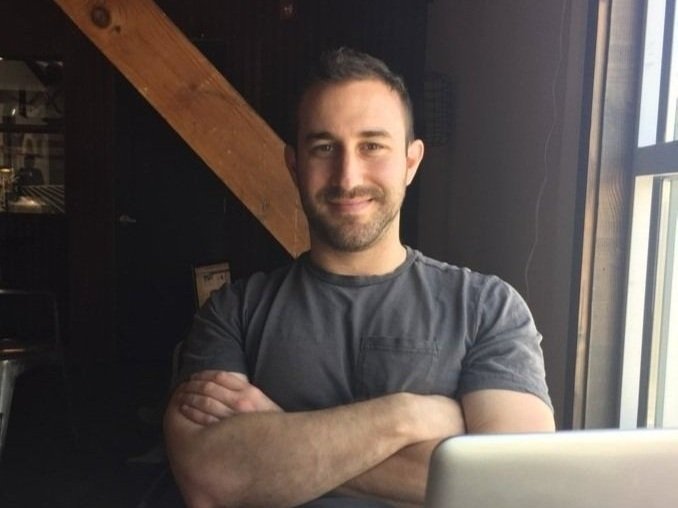Consumer Psychology Explains why our Brain Loves The Pumpkin Spice Latte
Many ancient cultures celebrated the arrival of the Fall Season in dramatic fashion. However, none perhaps celebrated more enthusiastically than the Mayans who built a pyramid with the sole purpose of casting a specific shadow, which would only appear at The Fall Equinox. The shadow - which appeared in shape of a snake, symbolized the arrival of fall.
Centuries later, fall is still a time for celebration. But instead of a slithering serpent, modern humans have honed in on a different marker: The Pumpkin Spice Latte. As far as marketing psychology is concerned, it stands as the unofficial start of the fall shopping season.
The Pumpkin Spice Latte, or PSL, as the cool kids call it, is an inescapable phenomenon. Initially greeted by a mixed reception in 2003, PSL quickly caught fire and never turned back. Starbucks describes it as the most successful seasonal drink of all time and credits it for anchoring the public's buying behavior for the rest of the year.
A Forbes analysis estimates the Pumpkin Spice Latte exclusively captures over $100M in revenue each year. Along with back-to-school supplies, it is now synonymous with seasonal shopping.
Moreover, PSL is exclusively for fall consumption only. From a business standpoint, the fall-only window makes sense because scarcity creates demand. Beyond economics, there's something else at play. The exclusive seasonality creates a mental relationship between the drink and the brain of the consumer, which transforms it from merely "a drink" to a transcendent psychological experience.
To better understand the relationship, we need first to understand the neuroscience of taste and how it relates to memory. Let’s dive in
The Neuroscience of Taste and Memory
Taste is not our strong suit. In fact, it is the least developed sense in humans and not nearly as sharp as other senses. The weakness of taste leaves us susceptible to strong contextual associations. Compare taste and vision. The most active foodies might experience ten unique flavors in a given day while encountering thousands of unique visual events. The discrepancy in data points influences taste-based memories.
When we experience a unique taste, our brain takes notice by creating a unique memory-by-association. Where does the association come from? The context. The brain connects the specific taste with the overall context in which the tasting occurred. It takes into account the time of day, what we were wearing, seeing, hearing, feeling, etc. Most important for the discussion of pumpkin spice lattes, the brain takes into account the season.
Think about it. You see the color red more than you taste cinnamon. So, the taste of cinnamon triggers particular memories in a way seeing the color red does not. This is why taste is closely tied to episodic memory, which is a memory of specific events or episodes.
What do taste, episodic memory, and pumpkin spice lattes have in common? They work together to cement psychological associations. Two variables are vital in building strong associations - exclusivity and repetition. Think about it. Pumpkin spice lattes are consumed exclusively in the fall. Having one in April just feels wrong. Next, the tasting ritual is repeated annually, which works to amplify the strength of the association between taste and memory.
Each purchase of a Pumpkin Spice Latte strengthens the special relationship between the flavor and the fall season while also returning to mind all of the PSLs from our past. With every sip, the two become closer and more inseparable (nevermind the launch date of PSL is technically in the summer, August 27th). With enough repetition, our brains connect the two to such a degree, we effectively drink the feeling of fall, despite being technically offered in the summer!
Beyond the PSL: Champagne, Beer and Consumer Psychology
Outside of Starbucks, these contextual associations have enormous consequences for consumer psychology. Think about champagne. When do you drink champagne? You pop champagne when you're celebrating. Really, champagne is exclusively consumed at a celebration. Just like the pumpkin spice latte tastes like fall, champagne toasts taste like a celebration. This is excellent news for champagne brands when it's New Year's Eve, but what about the other 364 days of the year?
Unlike the PSL, champagne's associations come with a narrower economic window.
Here's where our unique relationship with taste-based memories poses a challenge. Celebrations aside, champagne struggles to fit the contextual association of everyday "regular" drinking occasions. When you flop down on the couch on another Tuesday night, popping a bottle of bubbly is likely the last thing on your mind. The celebratory associations are too strong, which handcuffs the use-case and appeal of champagne.
The trade group French Wine and Food deliberately campaigned to broaden the appropriate context for champagne. Instead of celebratory events, they are associated with spontaneous events instead. The (decidedly French) campaign slogan says it all, "Unexpected Things Happen In The 'Oui' Hours."
Few competing products, namely upscale microbrew beers, have successfully penetrated the 'celebration' market. Brut IPAs and strong Belgium ales provide alternative options over champagne as the bubbly celebration drink of choice. The alternatives are not shy to mimic the look and feel of champagne either.
Beer brands' strategy should sound familiar - create advertisements that pair the beer with a known context of their target market. Think Coors Light + sports or Corona + beaches. In the same way that champagne + celebrations have little objective commonalities, there may be little in common between beer and sports. But due to these heavy assocations, we’ll still reach for a beer when "the big game" is on. Consumer psychology at its intoxicating best.
Certain foods and certain drinks just feel right at a specific time. Our weakest sense of taste is effectively hacked by brands that successfully create contextual associations with edible products.
How far will brands go with this contextual memory tactic? When will consumers catch on? It’s difficult to say, but one thing is certain: like the Mayans and their serpent shadow, it won’t be officially fall until Pumpkin Spice Latte arrives.
Photo by Vladislav Todorov via UnSplash
About the author
Matt Johnson, PhD is a researcher, writer, and consumer neuroscientist focusing on the application of psychology to branding. He is the author of the best-selling consumer psychology book Blindsight, and Branding That Means Business (Economist Books, Fall 2022). Contact Matt for speaking engagements, opportunities to collaborate, or just to say hello


